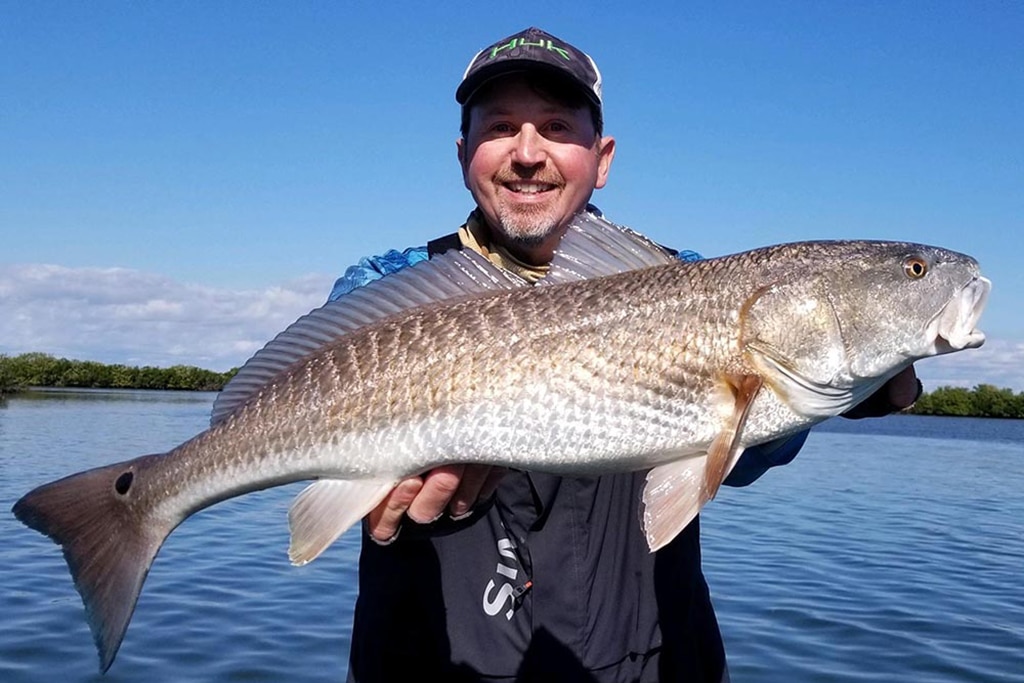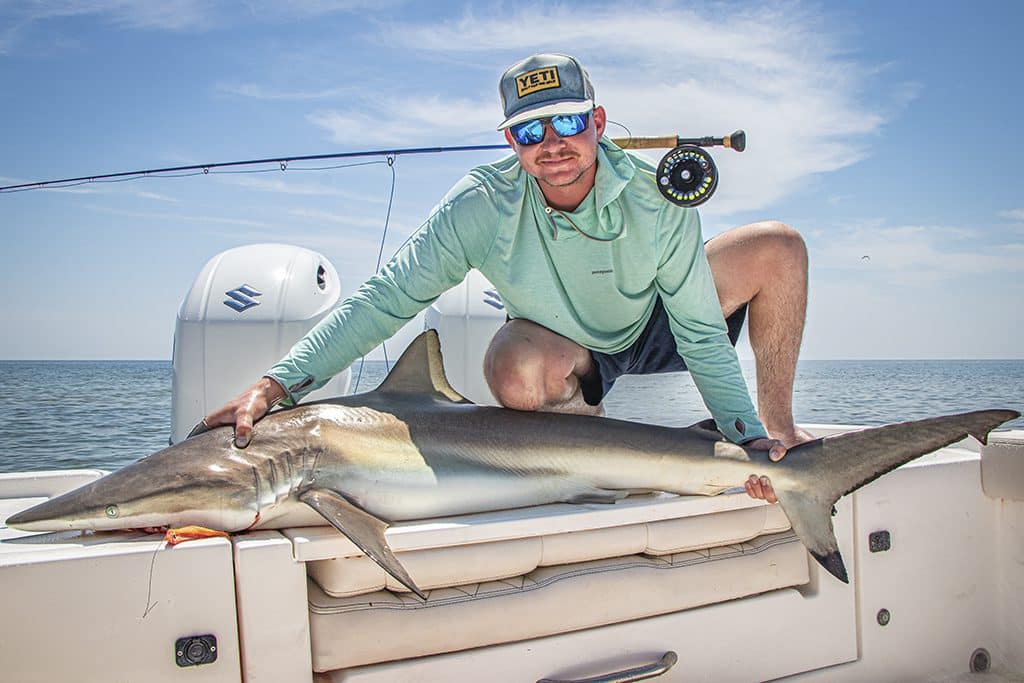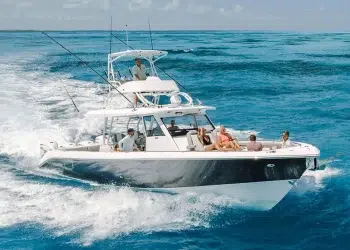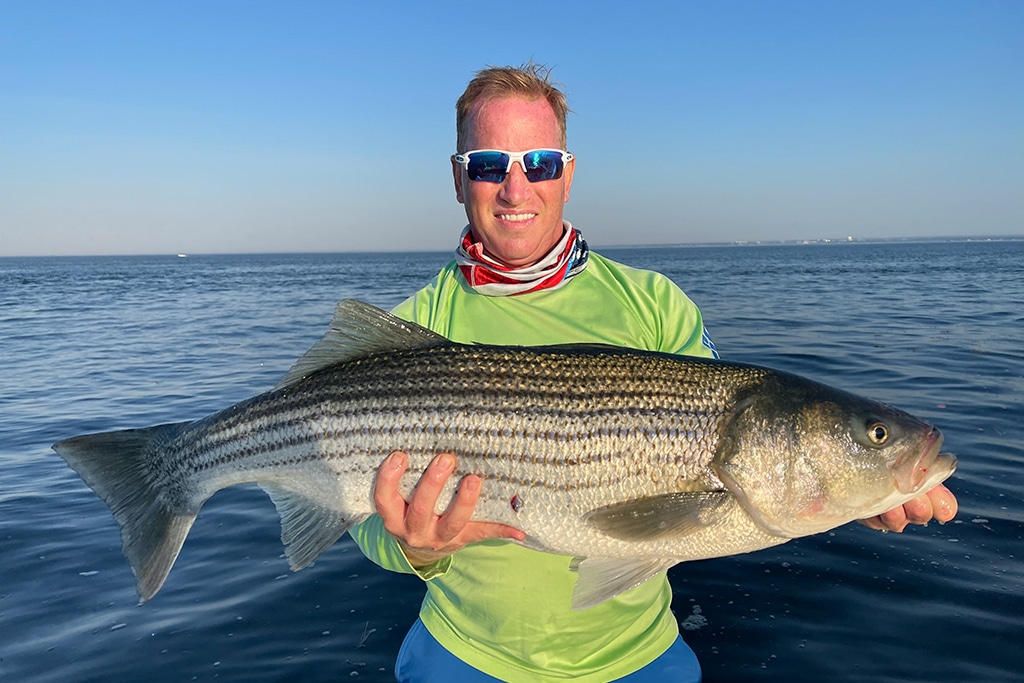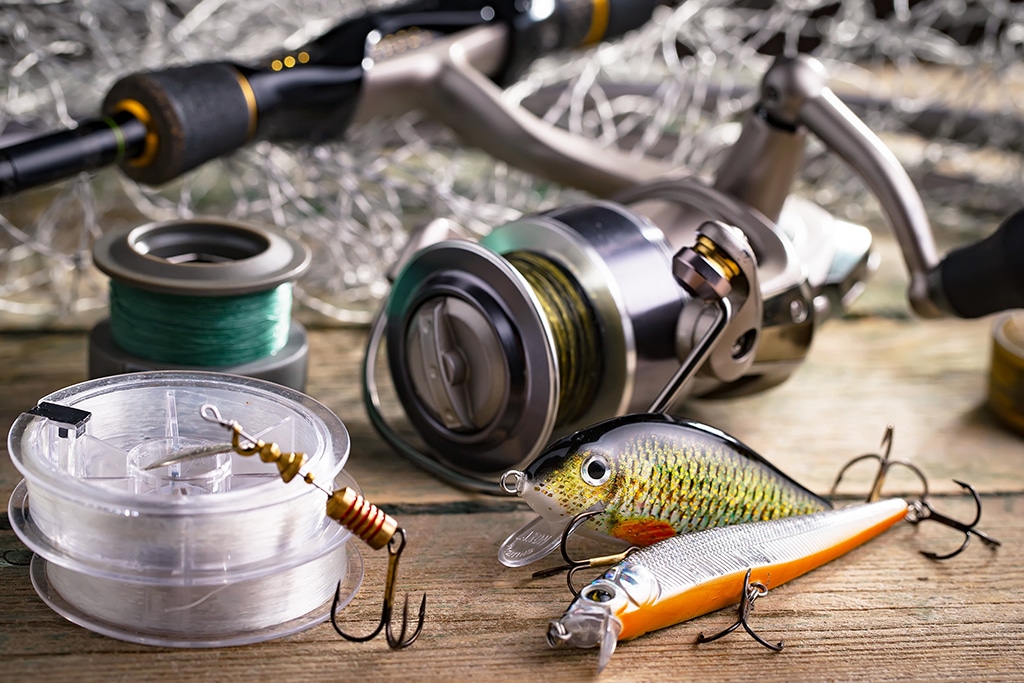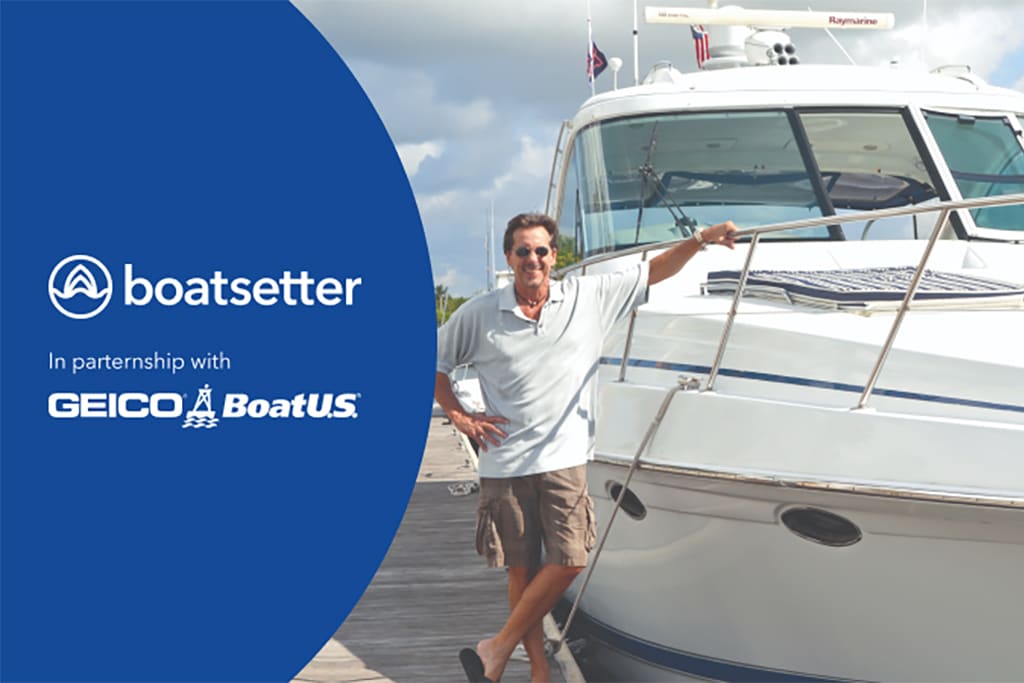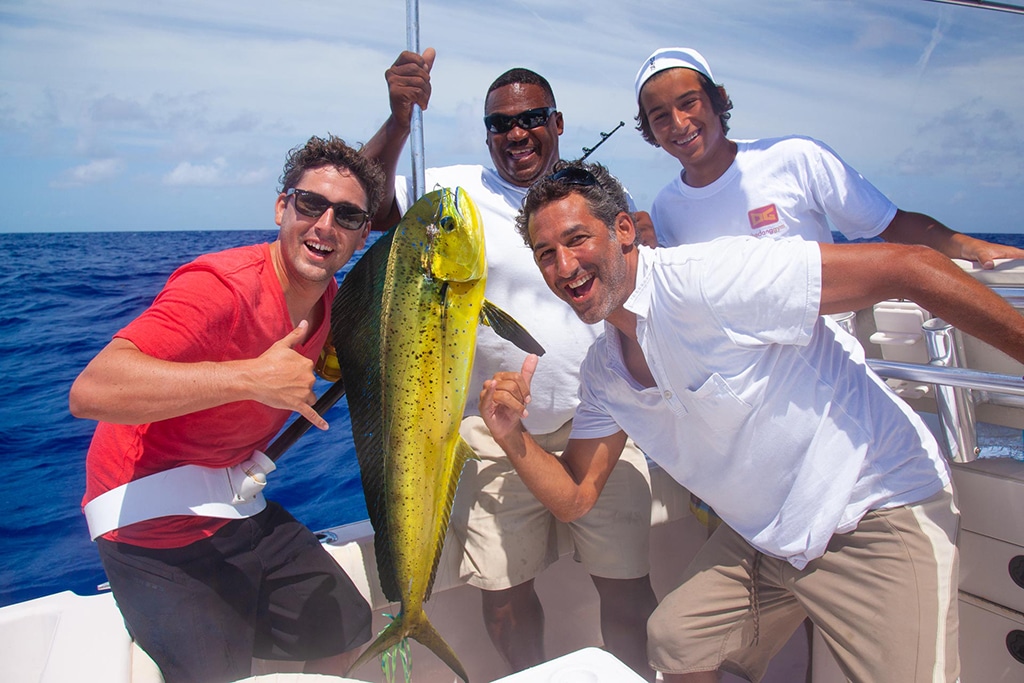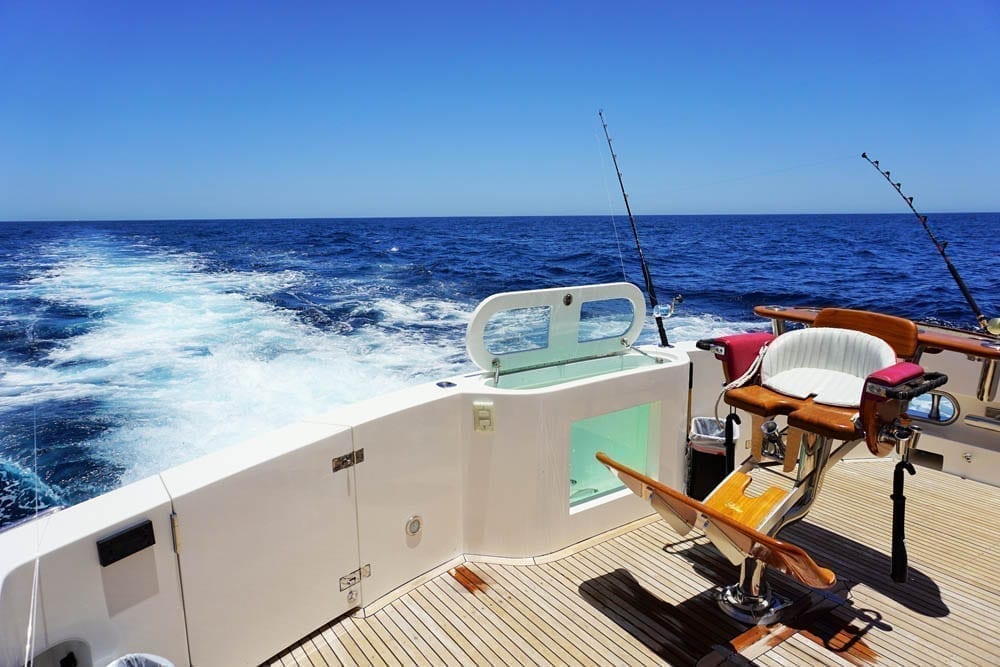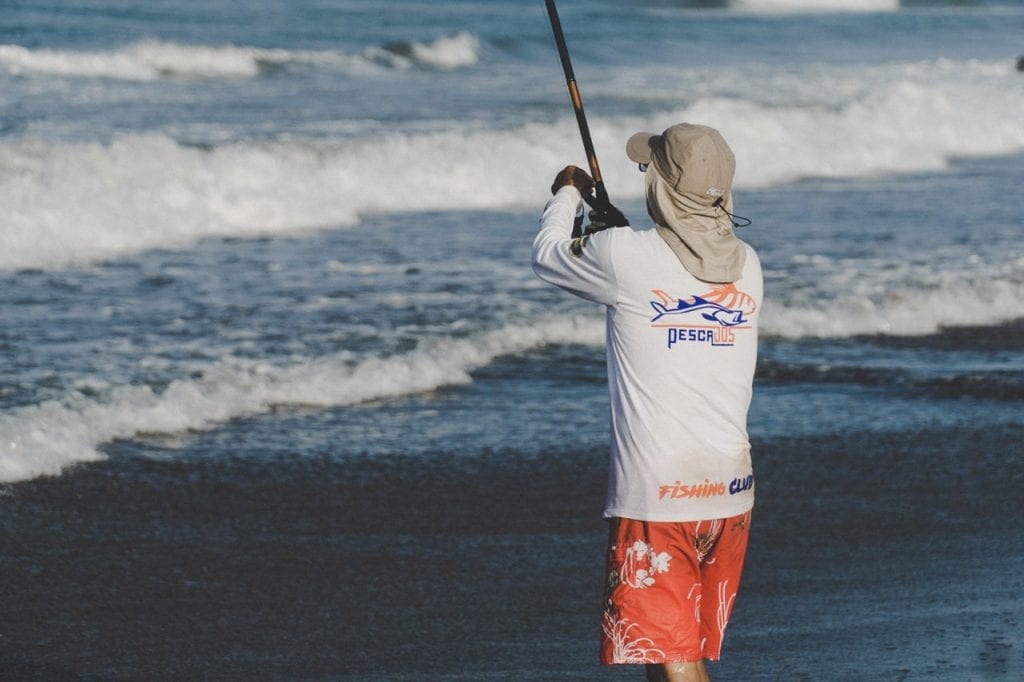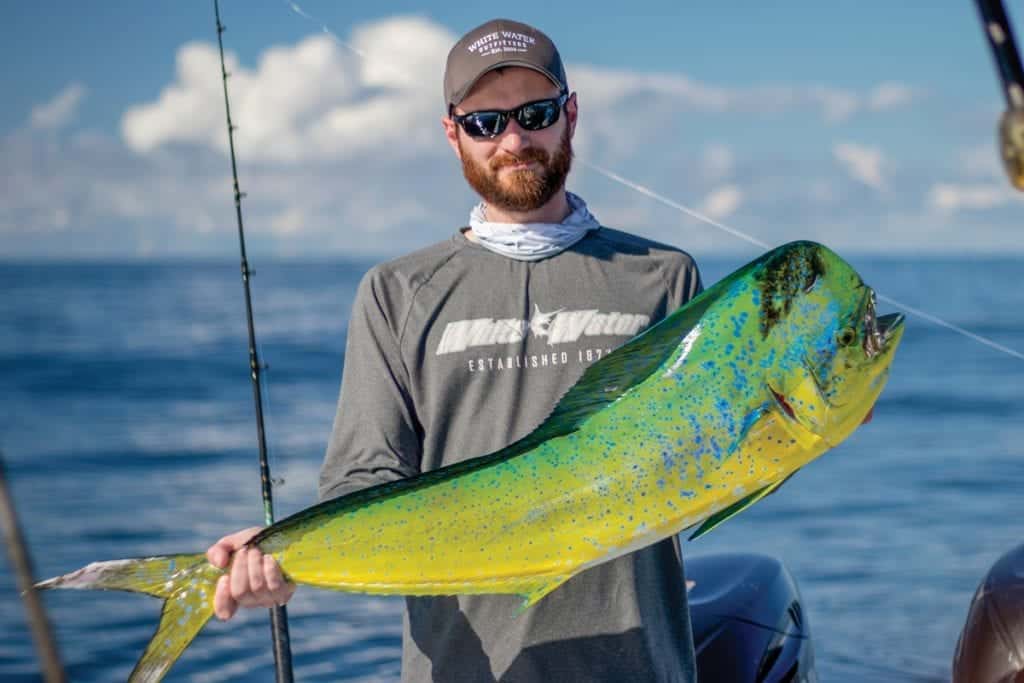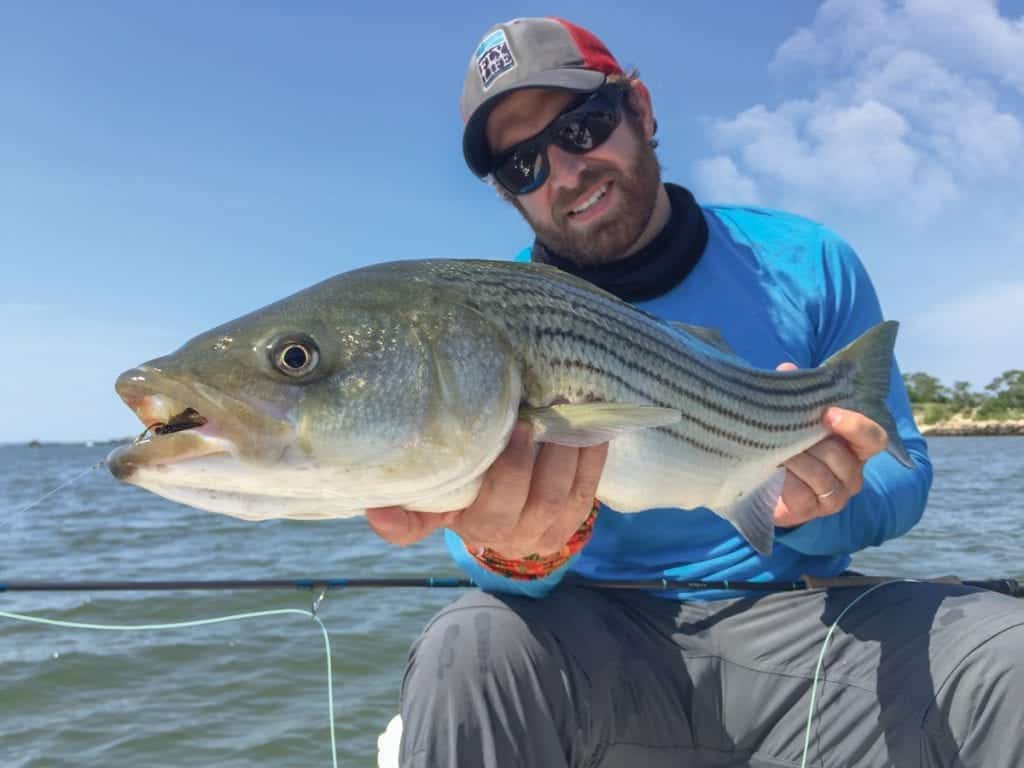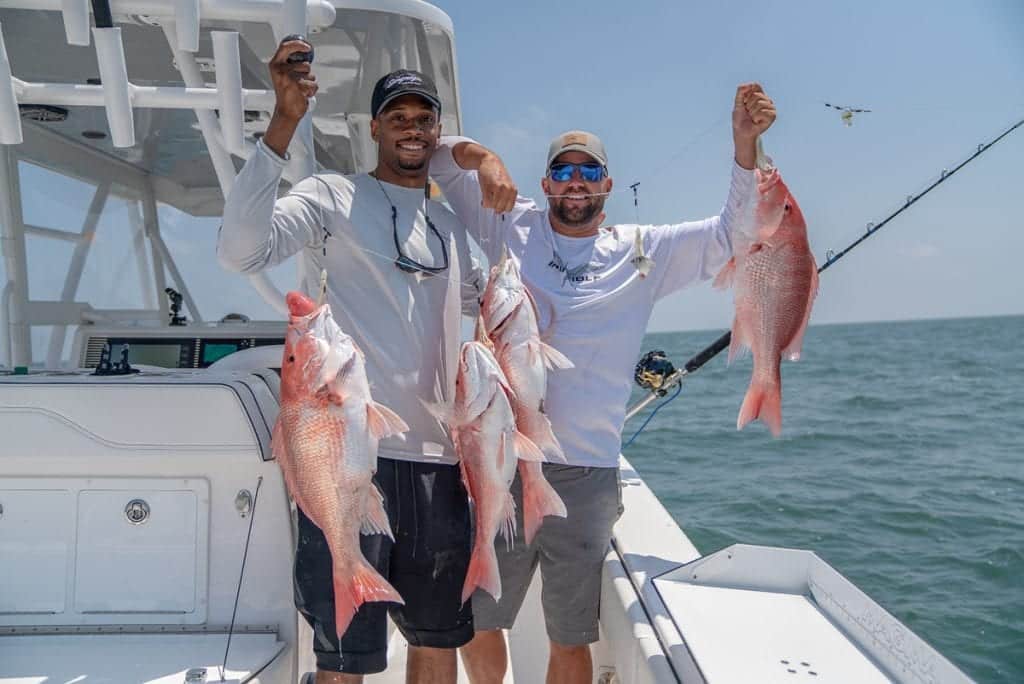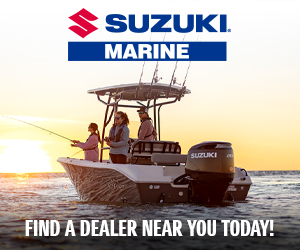Fishing
We would be remiss if we didn’t talk about fishing. These days, it seems almost any boat can be customized for fishing. Be it new gear, tournaments, events, or a featured angler story—Southern Boating knows that fishing is an essential piece of the boating lifestyle.
When and Where to Fish
Little Things Mean a Lot When you fish is just as important as where you fish. One early truth we...
Read moreDetailsDale Stewart of Seether balances touring with a fishing life
Catchy Tunes Rock bassist Dale Stewart of Seether balances touring with a fishing life. Rock stars have a reputation for...
Read moreDetailsSight Fishing for Shark
Battle Lines The excitement of sight-fishing for sharks turns the hunt into a thrill sport. You sense it before you...
Read moreDetailsEverglades 455 CC Boat Test
The Icon Has Arrived The All-New 455cc Flagship Every new model launch is important, but this is one of the...
Read moreDetails6 Fishing clichés to live by
Keeping it Reel Fishing clichés have been around for many years, but are they backed by truth? If you’ve been fishing...
Read moreDetailsBasic fishing gear you should keep on board
Stocked and Ready to Go Basic fishing gear every center console should keep on board Center consoles are popular with...
Read moreDetailsBoatsetter Expands Further Into Fishing Experiences
Boatsetter Expands Further Into Fishing Experiences Boatsetter, the leading boat rental and charter marketplace in the U.S., recently expanded its...
Read moreDetailsFishing in the Bahamas goes PAPERLESS
Fishing in the Bahamas goes PAPERLESS All-New Permit & Payment Options Make Fishing in The Bahamas Faster and Easier Anglers...
Read moreDetailsBahamas Bonefishing
Bahamas Bones There’s nothing like experiencing bonefishing in the Bahamas firsthand. Bahamas bonefishing. It’s a simple alliteration that conjures marvelous...
Read moreDetailsLIVETARGET Lures – On The Cutting Edge
On the Cutting Edge LIVETARGET brings lifelike reality to fishing lures. By Tom Schlichter, Southern Boating June 2020 There’s a wide-held...
Read moreDetailsTop 5 Fishing Spots in the Southeast
Top 5 Fishing Spots in the Southeast What’s better than a weekend boating and fishing trip? Not much in our...
Read moreDetailsAngler Apparel: Dressed to Protect
Angler Apparel: Dressed to Protect Hooking into a big gamefish on the open ocean and then fighting it to your...
Read moreDetailsMarvelous Mahi Mahi
Marvelous Mahi MahiNot only an excellent source of healthy, lean protein, mahi mahi is also fun to catch.I don’t know...
Read moreDetailsFishing an Inlet
Fishing an Inlet There’s more than meets the eye when fishing an inlet. There's much find in the rips, currents,...
Read moreDetailsLance Thomas: NBA to Angler
Lance Thomas: NBA to Angler Lance Thomas, forward for the New York Knicks, is up for any challenge be it...
Read moreDetails

